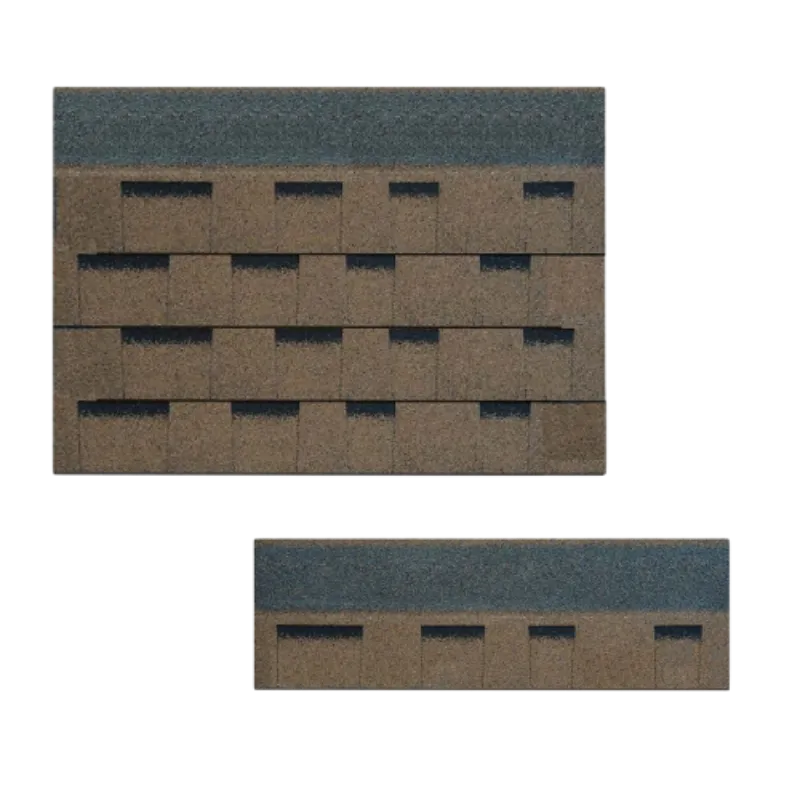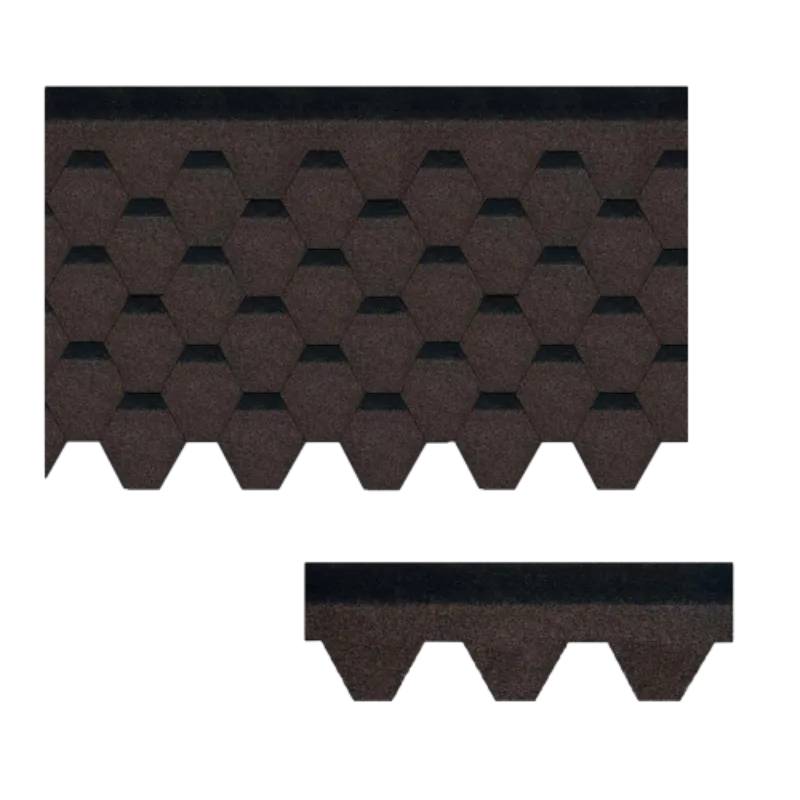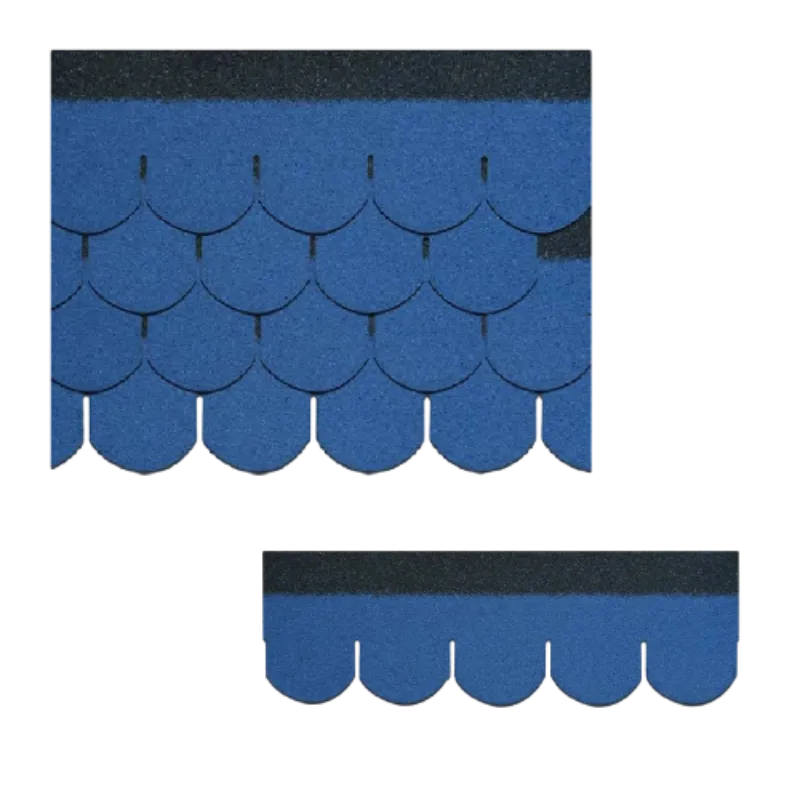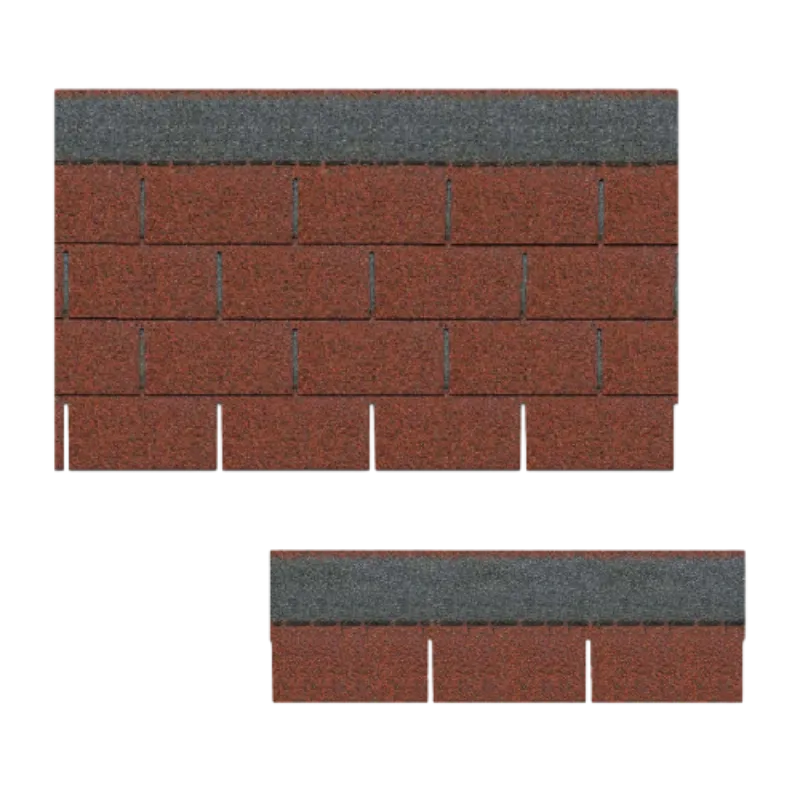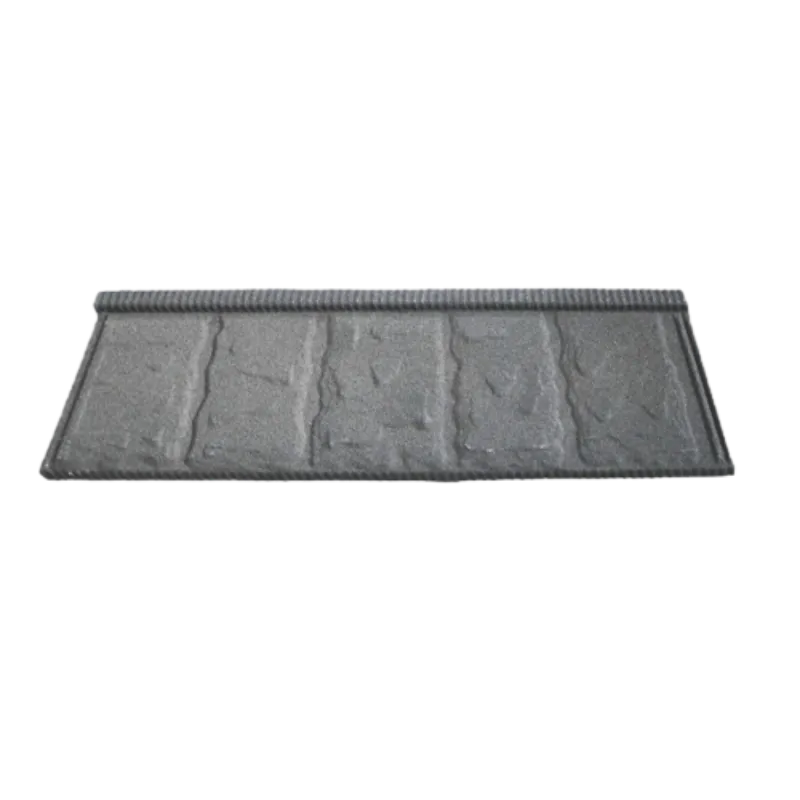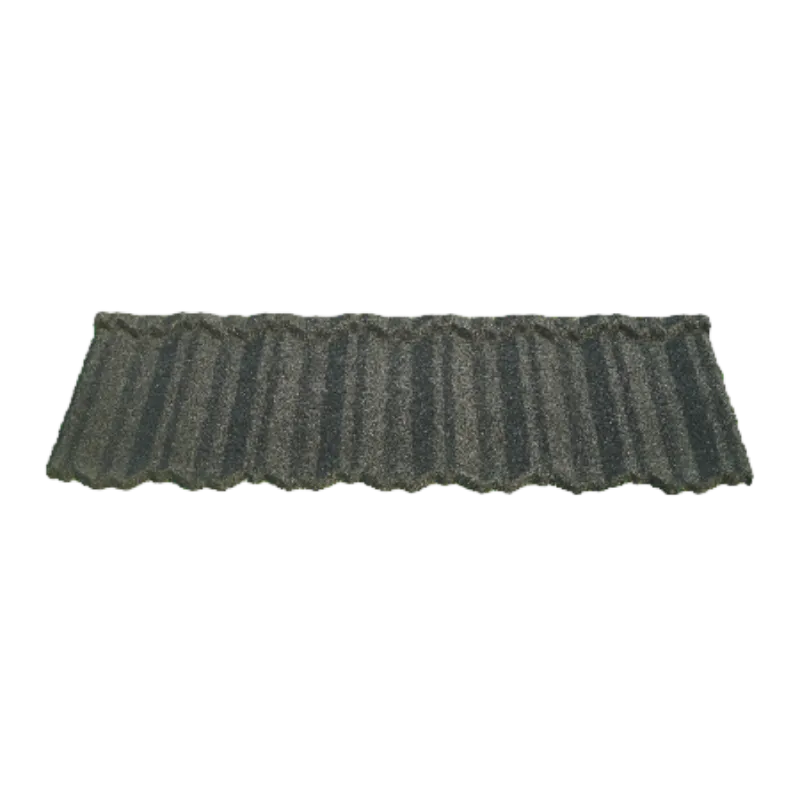
aug . 21, 2024 08:41 Back to list
The Lifespan of Terracotta Roofs and Factors Affecting Longevity
How Long Do Terracotta Roofs Last?
When it comes to choosing roofing materials, durability is often at the top of the list for homeowners and builders alike. One popular option that has stood the test of time is the terracotta roof. Characterized by its distinct reddish-brown color, terracotta has been used for centuries as a reliable roofing material. But just how long do terracotta roofs last, and what factors influence their longevity?
Terracotta roofs are crafted from clay that is shaped into tiles and then fired in a kiln, creating a robust and weather-resistant product. One of the key advantages of terracotta roofs is their long lifespan. On average, a well-maintained terracotta roof can last anywhere from 50 to 100 years, and in some cases, even longer. This remarkable durability makes terracotta a smart investment for both residential and commercial buildings.
How Long Do Terracotta Roofs Last?
Installation also plays a crucial role in the longevity of terracotta roofs. Properly installed tiles that are aligned correctly and securely fastened will withstand harsh weather conditions, including heavy rain, snow, and wind. Conversely, poor installation can lead to gaps and vulnerabilities, allowing moisture to penetrate and potentially causing damage over time. As such, hiring skilled professionals for installation is essential.
how long do terra cotta roofs last
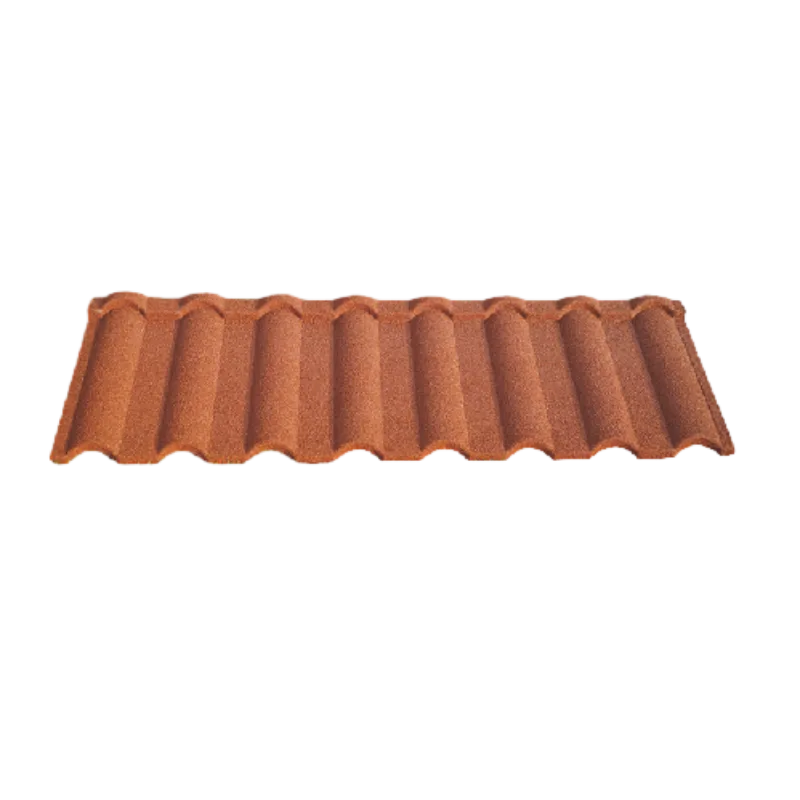
Maintenance is another significant factor affecting a terracotta roof's lifespan. Regular inspections are critical to identifying any issues before they escalate into more significant problems. This includes checking for cracked or broken tiles, which can occur due to physical impact or extreme weather conditions. These damaged tiles should be replaced promptly to prevent water leaks and further deterioration.
Terracotta roofs are also inherently resistant to pests, such as termites, which can threaten other roofing materials. Unlike wood or asphalt shingles, terracotta tiles do not provide a food source for these pests, adding to their longevity and reliability.
Climate plays a role in the durability of terracotta roofing as well. In regions with extreme thermal variations—where temperatures fluctuate widely between seasons—expansion and contraction can take a toll on roofing materials. However, terracotta is well-suited to withstand these changes, thanks to its thermal properties and ability to breathe, which allows moisture to escape and minimizes the risk of mold or mildew formation.
In conclusion, terracotta roofs are not only aesthetically pleasing but also provide exceptional longevity and durability. With a lifespan of 50 to 100 years or more, these roofs are an excellent choice for homeowners looking for a long-term roofing solution. However, to maximize their lifespan, it is essential to select high-quality tiles, ensure expert installation, and conduct regular maintenance checks. By taking these steps, homeowners can enjoy the beauty and reliability of terracotta roofing for generations to come. In a world where sustainability and longevity are increasingly valued, terracotta stands out as a time-tested option that will enhance any property while providing lasting protection against the elements.
-
Rubber Roofing Shingles - Durable & Weatherproof SBS Rubber Asphalt Shingles for Homes & Businesses
NewsJul.08,2025
-
Crest Double Roman Roof Tiles – Durable, Stylish Roofing Solution at Competitive Prices
NewsJul.08,2025
-
T Lock Asphalt Shingles Durable Roofing Solution for Long-lasting Protection
NewsJul.08,2025
-
Top Stone Coated Metal Roofing Suppliers & Manufacturers Durable Stone Coated Metal Tile Solutions
NewsJul.07,2025
-
How Many Bundles of Asphalt Shingles in a Square? Fast Roofing Guide & Tips
NewsJul.07,2025
-
How Long Should a Cedar Shake Roof Last? Expert Guide & Replacement Options
NewsJul.06,2025


